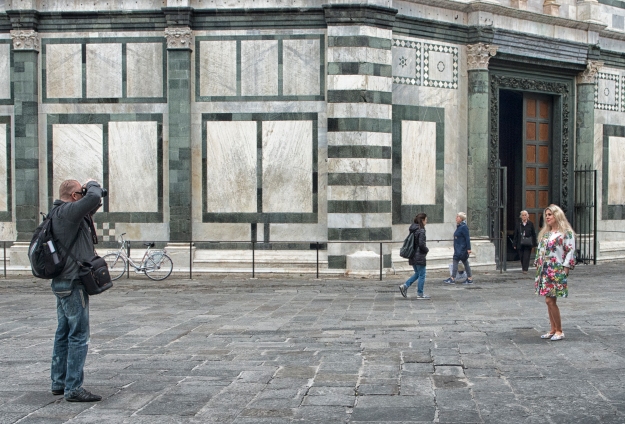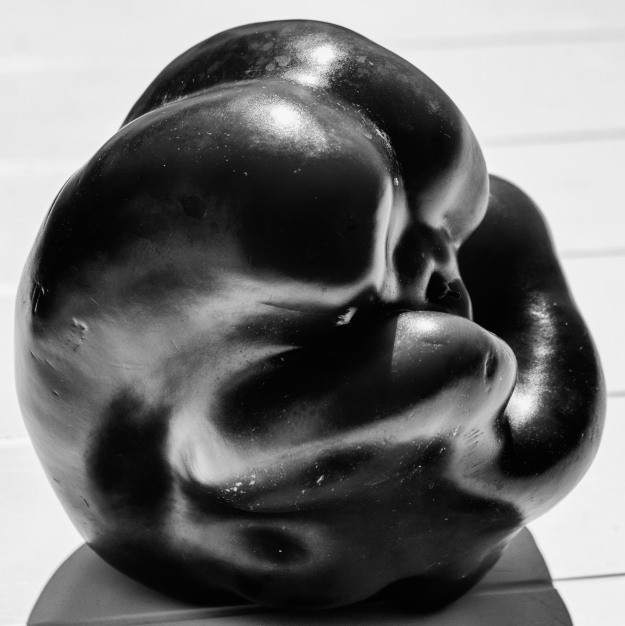1. Stephen Shore

“What I wanted to do was to keep a visual diary of the trip and started photographing every person I met, the beds I slept in, the toilets I used, art on walls, every meal I ate, store windows, residential buildings, commercial buildings, main streets and then anything else that came my way and that became the framework for that series. I drove in rental cars and I don’t think that they had tape decks at that point so it was just ‘Top 40’ radio or whatever the local radio station was, religious stations, country and western stations. Sometimes, to entertain myself, I would recite Shakespeare and, after a couple of days, I entered a very different psychological state.”(Stephen Shore) (1)
2. Henry Wessel
“Ordinary moments in the everyday life of strangers” (2)

3. Joe Deal
Homage to Roger Fenton


Are Joe Deal’s photographs documents?
A document claims to be a “certifiable truth”(3). Is an artless photograph taken randomly a document? No, because there is always the question, ‘What is the picture trying to say?’ This is not the case with other forms of document. Legal documents are clear about what they are trying to say. A letter to a friend is similarly clear. However, when a document is used as evidence, its secondary use, then it becomes open to interpretation. A photograph without a commentary or some other piece of text may simply try to represent what was in front of the lens but there are always words to go with it even it is just the viewer saying to themselves, ‘I recognise what that is’. Then again, Magritte’s Key of Dreams reminds us of the huge gap between words and what the eye sees. They are like two languages which do not translate into one another. I am reminded of Douglas Adams describing the world of the rhinoceros. That animal perceives the world primarily through smell. The passage of time is not linear for that sense: smells come and go, recede and return. The intensity of a smell varies with wind and temperature. That world is a very uncertain place. It cannot be translated into a visual landscape. And again, who in Europe, before Japan was discovered, would ever have thought that adjectives could be conjugated or that there could be different numbering systems for different shapes of things as there are in Japanese? “Although Japanese adjectives have functions to modify nouns like English adjectives, they also function as verbs when used as predicates.” (4) The point is that the visual sense and the sense of words are joined by convention and that conventions, like fashions, are in a constant state of flux.
4. Robert Adams
Wittgenstein asserted that the meaning of a word is its use in the language. (5) The same cannot be said for photographs. Some images, such as those used for advertising products, have a very specific use and consequently a specific meaning for a time. Meaning may change as adverts go out of date, or are parodied, or become irrelevant. Other images, such as snaps for family albums, have meanings related to their use as a family memory informing the legend of that group. Some images, like this by Robert Adams

are simple records of places. While others, like this by Ed Ruscha
are intended as works of art. “In the case of Adams, it could be said that his work is ‘about’ gas stations, whereas, in the case of Ruscha, it is about the notion of objectivity, and is therefore part of an artistic discourse”. (6) In other words, the image is about whatever the author says it is about as long as they keep control over the environment the image appears in.
Once an image is out in the wild it is open to any number of interpretations. Once upon a time, when photography was inclined to take classical oil painting as its paradigm, the range of meaning was limited by expectations relevant to the art world. “The uniqueness of a work of art is inseparable from its being imbedded (sic) in the fabric of tradition.” (7) However, the tradition of photography is very fluid and still being formed. There is no fixed grammar or syntax in the language of photography so that the photography of Ansel Adams, Dadaism, Bill Brandt and Maarten Vanvolsem, for example, can coexist with equal validity. Meaning is open ended and makes demands on the viewer’s imagination.
5. Nicholas Nixon

“Nicholas Nixon, born in 1947, is known for the ease and intimacy of his black and white large format photography. Nixon has photographed porch life in the rural south, schools in and around Boston, cityscapes, sick and dying people, the intimacy of couples, and the ongoing annual portrait of his wife, Bebe, and her three sisters (which he began in 1975). Recording his subjects close and with meticulous detail facilitates the connection between the viewer and the subject.” (8)
(6) Frank Grohlke

There is something peculiar about the way we attribute the clarity of some photographs to the world itself. I try to reinforce that paradox by making photographs that convince the viewer that those revelations, that order, that potential for meaning, are coming from the world and not the photograph.
— Frank Gohlke, 1979 (9)
(1) http://www.bbc.co.uk/photography/genius/gallery/shore.shtml
(2) http://www.tate.org.uk/context-comment/video/tateshots-henry-wessel
(3) Bright, S. (2011). Art Photography Now. LOndon: Thames and Hudson
(4) http://japanese.about.com/od/writing/fl/All-About-Japanese-Adjectives.htm
(5) Wittgenstein, L. (1976) Philosophical Investigations, trans. G.E.M. Anscombe, Oxford, Blackwell Paperback. #43
(6) Badger, G. (2007) The Genius of Photography: How photography has changed our lives. London: Quadrille Publishing Ltd. 211
(7) Benjamin, W. ([1936] 2007) Illuminations. New York, Schocken Books
(8) https://fraenkelgallery.com/artists/nicholas-nixon
(9) https://placesjournal.org/article/frank-gohlke-thoughts-on-landscape/






































































































